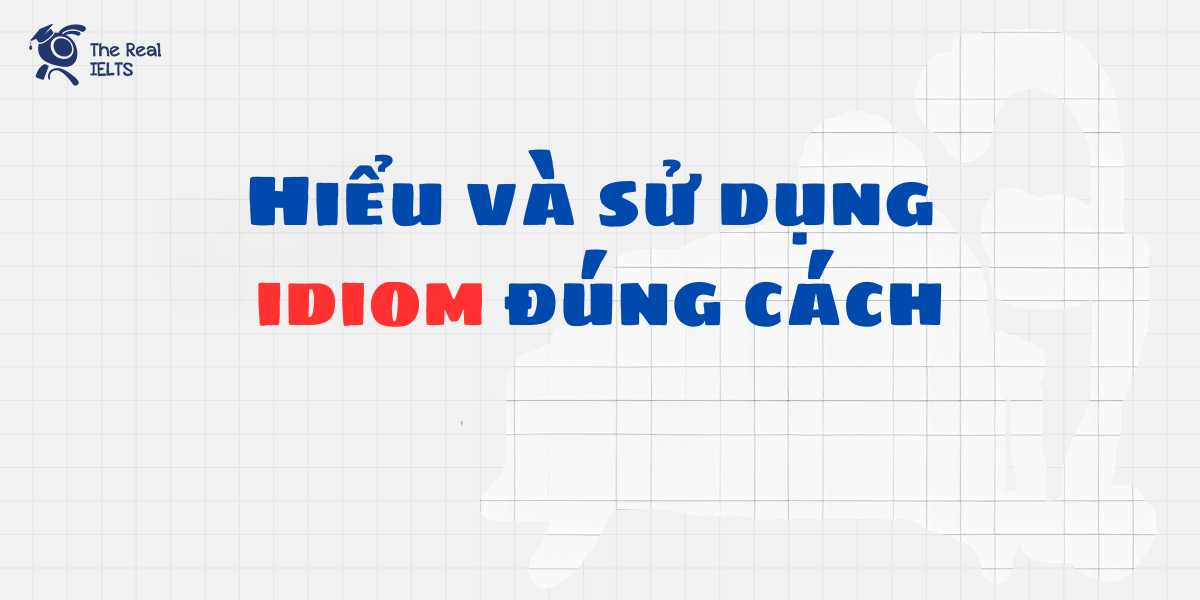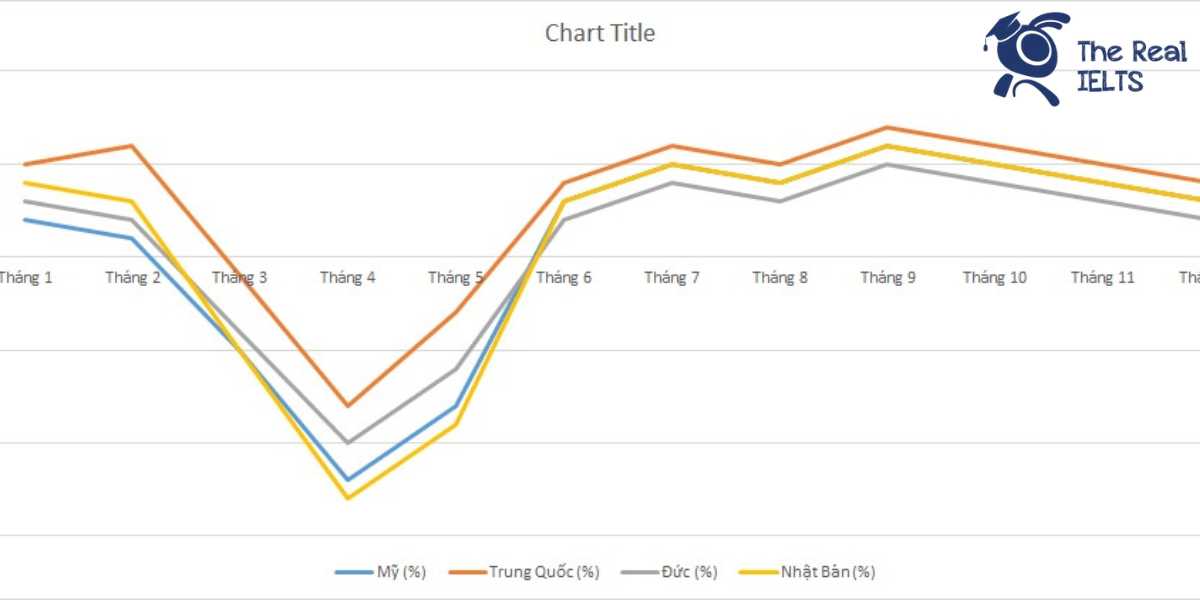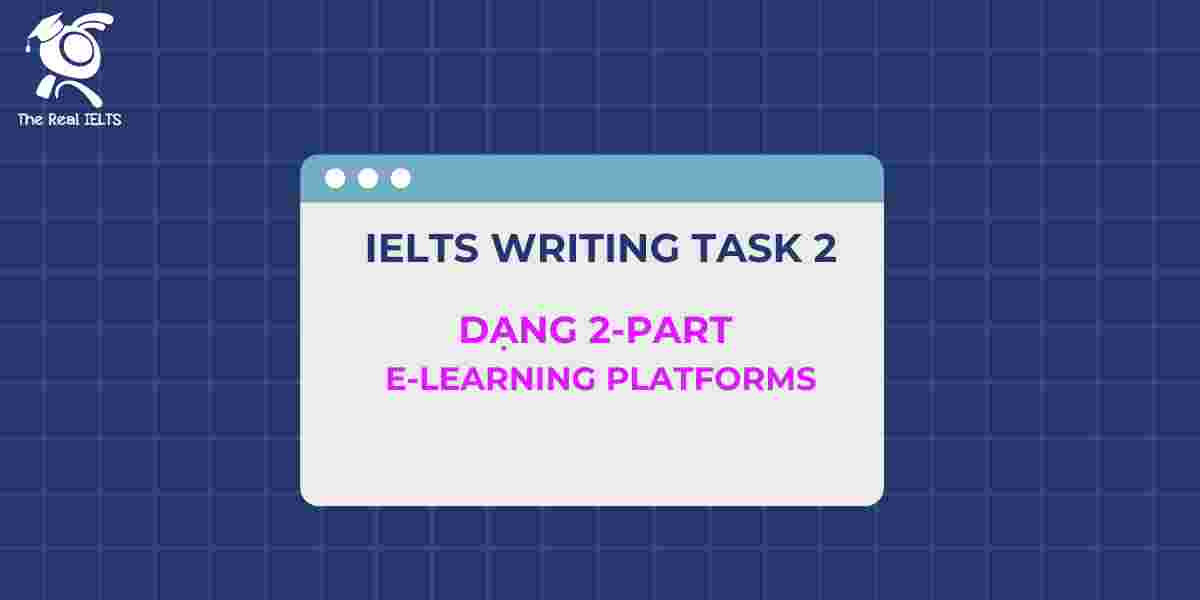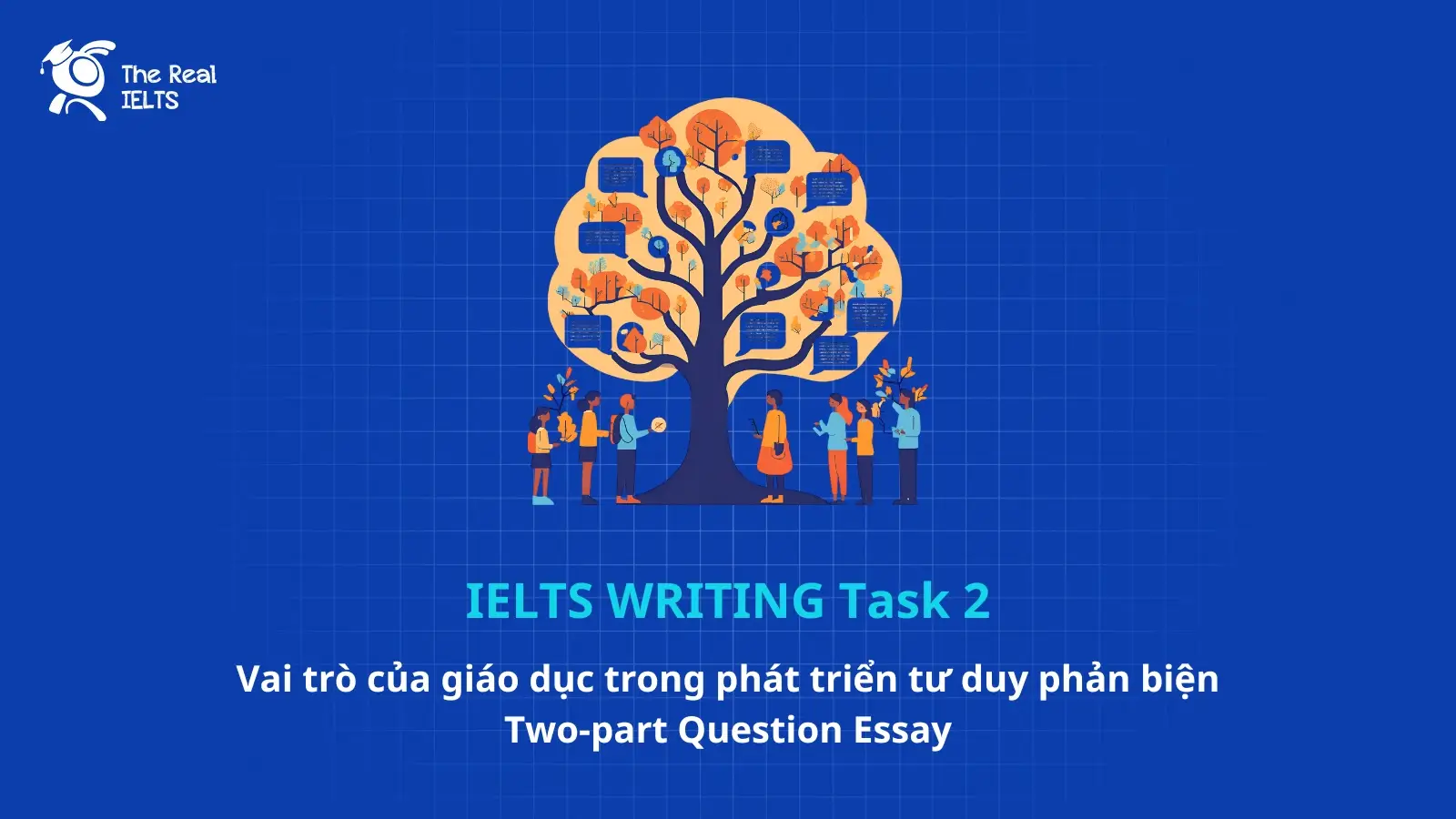Đề thi IELTS Reading có tiêu đề “The Future of Work: Remote vs. Office”
Nhớ đọc thêm các bài luyện thi IELTS nhé.
IELTS Reading: “The Future of Work: Remote vs. Office”
The Future of Work: Remote vs. Office
As we move deeper into the 21st century, the landscape of work is undergoing a significant transformation. The traditional office setup, long considered the cornerstone of professional environments, is facing a serious challenge from remote work. This evolution has been accelerated by several factors, most notably the global COVID-19 pandemic, which forced many businesses to rapidly adapt to a remote working model. As the world emerges from the pandemic, companies and employees are reevaluating their work environments, with a growing debate centered around the future of work: will it remain remote, return to the office, or evolve into a hybrid model?
The advantages of remote work are undeniable. For many employees, the ability to work from home provides a level of flexibility that was previously unimaginable. Without the need for long commutes, employees can save valuable time and money, which can then be redirected towards personal growth or leisure activities. This flexibility also allows workers to better balance their professional and personal lives, leading to improved mental health and job satisfaction. For instance, studies have shown that workers who can set their own schedules are less likely to experience burnout, as they can structure their day in a way that maximizes productivity while still allowing time for rest.
Moreover, remote work offers significant cost-saving opportunities for businesses. Companies can reduce overhead expenses by downsizing office space, cutting utility bills, and minimizing the need for physical infrastructure. For businesses with a global workforce, remote work eliminates geographical barriers, enabling them to tap into talent pools from across the world. This global access to talent can provide companies with a competitive edge, as they are no longer limited to hiring from a specific location.
However, despite these benefits, remote work is not without its challenges. One of the most cited concerns is the lack of face-to-face interaction, which can lead to feelings of isolation among employees. While digital tools like Zoom and Slack have made it easier to stay connected, they cannot fully replicate the experience of in-person communication. In an office setting, employees have the opportunity to engage in spontaneous conversations, build stronger relationships with colleagues, and collaborate more effectively. These social interactions play a crucial role in fostering creativity and innovation, which are often harder to achieve in a remote work environment.
Additionally, some employers have raised concerns about productivity in a remote setting. Without the physical presence of managers, it can be more difficult to monitor employee performance and ensure that tasks are being completed on time. There is also the risk of employees being distracted by their home environment, which may not always be conducive to focused work. For example, individuals with young children or noisy households may struggle to find the quiet space they need to concentrate on their tasks.
The office environment, on the other hand, provides a structured space specifically designed for work. It encourages discipline, fosters a sense of routine, and offers a clear separation between professional and personal life. For many employees, going to an office helps them mentally switch into “work mode,” which can lead to increased productivity. The office also serves as a hub for collaboration, with dedicated spaces for team meetings, brainstorming sessions, and project planning. The physical presence of coworkers can create a sense of accountability and motivation, pushing employees to perform at their best.
In response to the contrasting advantages and disadvantages of both remote and office work, many companies are opting for a hybrid model, which combines the best of both worlds. In a hybrid setup, employees split their time between working from home and working in the office, offering them the flexibility of remote work while still maintaining the benefits of in-person collaboration. This model allows businesses to cater to the varying needs and preferences of their workforce, while also providing the opportunity for team building and networking in the office.
The future of work is still uncertain, but what is clear is that flexibility will be key. Employees are increasingly valuing the ability to choose where and how they work, and companies that offer this flexibility are likely to attract and retain top talent. At the same time, the traditional office will not disappear entirely. Instead, it is likely to evolve into a more dynamic space that prioritizes collaboration and innovation, rather than just a place where employees sit at desks from nine to five.
As technology continues to advance, new tools and platforms will further shape the future of work. Virtual reality (VR) and augmented reality (AR), for example, may revolutionize remote work by creating immersive environments where employees can interact with each other as if they were in the same room. These technologies have the potential to bridge the gap between remote and office work, offering a more seamless and engaging experience for workers.
In conclusion, the future of work is being redefined by the growing trend of remote work and the enduring value of the office. While each model has its advantages and challenges, the most likely scenario is a hybrid approach that combines flexibility with the benefits of in-person collaboration. As businesses and employees continue to adapt to this new reality, the workplace of the future will be one that prioritizes adaptability, innovation, and the well-being of its workforce.
Đề bài thi IELTS Reading
Dạng 1: Multiple Choice Questions (Chọn một đáp án đúng)
- What is one of the main reasons remote work became more widespread? A. Increase in office rents
B. Global COVID-19 pandemic
C. A shift in worker preferences
D. Technological advancements - According to the text, which of the following is a benefit of remote work? A. Improved access to office facilities
B. Greater flexibility for employees
C. Stronger team collaboration
D. Higher productivity - What is one of the key concerns employers have about remote work? A. Increased operational costs
B. Difficulty monitoring employee productivity
C. Too much face-to-face interaction
D. Lack of technical tools - Which of the following is mentioned as a challenge of remote work? A. Employees often feel disconnected
B. Offices become obsolete
C. Physical workspaces are more expensive
D. Work-life balance improves - What might help bridge the gap between remote work and office work in the future? A. More expensive office equipment
B. Virtual and augmented reality technology
C. Increased employee surveillance
D. Stricter office hours
Dạng 2: True/False/Not Given
- Remote work saves companies money by reducing the need for large office spaces.
- True
- False
- Not Given
- Some employees feel more productive working from home due to fewer distractions.
- True
- False
- Not Given
- Companies in the text have completely abandoned the idea of returning to the office.
- True
- False
- Not Given
- The COVID-19 pandemic forced businesses to adopt new communication platforms.
- True
- False
- Not Given
- The text claims that remote workers are always more productive than office workers.
- True
- False
- Not Given
Dạng 3: Yes/No/Not Given (Quan điểm của tác giả)
- Does the author believe that face-to-face interaction is important for innovation?
- Yes
- No
- Not Given
- Does the author suggest that hybrid work models are the future of work?
- Yes
- No
- Not Given
- The author thinks technology can fully replace in-person communication.
- Yes
- No
- Not Given
- The author expresses concern about remote employees’ ability to focus at home.
- Yes
- No
- Not Given
- The author believes remote work will eventually replace office work entirely.
- Yes
- No
- Not Given
Dạng 4: Matching Information (Nối thông tin)
16-18. Match each statement with the correct paragraph (A-E).
A. Remote work allows companies to hire talent from around the world.
B. Offices provide a structured space that fosters discipline.
C. Virtual reality may enhance future work environments.
Dạng 5: Matching Headings (Nối tiêu đề với đoạn văn)
19-22. Choose the correct heading for each section of the text.
A. Flexibility and Work-Life Balance
B. Future Technologies in the Workplace
C. The Hybrid Work Model
D. Concerns About Productivity in Remote Work
E. Remote Work Benefits for Businesses
Dạng 6: Matching Features (Nối đặc điểm)
23-25. Match the following features with either Remote Work, Office Work, or Both.
A. Offers more flexibility in working hours
B. Encourages face-to-face collaboration
C. Could lead to feelings of isolation
Dạng 7: Matching Sentence Endings (Nối phần kết câu)
26-28. Complete the sentences by matching the beginnings with the correct endings.
- Employees save time and money by…
A. working in teams face-to-face.
B. working from home instead of commuting.
C. attending office meetings. - Businesses reduce overhead costs by…
A. allowing employees to work remotely.
B. hiring more managers.
C. downsizing their office spaces. - New technologies like virtual reality may…
A. completely replace office buildings.
B. create immersive environments for remote workers.
C. limit the number of remote employees.
Dạng 8: Sentence Completion (Hoàn thành câu)
29-32. Complete the sentences with information from the passage.
- Remote work offers a better ___________ for employees, leading to higher job satisfaction.
- One of the challenges of remote work is the lack of ___________ among team members.
- Many companies are adopting a ___________ model that combines both remote and office work.
- Technologies like ___________ may help make remote work more immersive in the future.
Dạng 9: Summary Completion (Hoàn thành tóm tắt)
33-36. Complete the summary below using NO MORE THAN TWO WORDS from the text.
The shift to remote work has provided many benefits, such as increased ___________ for employees and cost savings for companies. However, concerns about ___________ and the lack of in-person interaction have led to challenges. Some companies are considering a ___________ model, which blends both remote and in-office work. New technologies like ___________ may further shape the future of work.
Dạng 10: Short Answer Questions (Câu hỏi trả lời ngắn)
- What event accelerated the shift towards remote work?
- What is a potential disadvantage of working from home mentioned in the text?
- How does remote work benefit businesses with a global workforce?
- Which technology is suggested to improve remote work in the future?
Đáp án bài thi IELTS Reading
Dạng 1: Multiple Choice Questions
- B. Global COVID-19 pandemic
- B. Greater flexibility for employees
- B. Difficulty monitoring employee productivity
- A. Employees often feel disconnected
- B. Virtual and augmented reality technology
Dạng 2: True/False/Not Given
- True
- Not Given
- False
- True
- False
Dạng 3: Yes/No/Not Given
- Yes
- Yes
- No
- Yes
- No
Dạng 4: Matching Information
- A. Remote work allows companies to hire talent from around the world. (Paragraph 3)
- B. Offices provide a structured space that fosters discipline. (Paragraph 5)
- C. Virtual reality may enhance future work environments. (Paragraph 8)
Dạng 5: Matching Headings
- A. Flexibility and Work-Life Balance (Paragraph 2)
- D. Concerns About Productivity in Remote Work (Paragraph 4)
- C. The Hybrid Work Model (Paragraph 6)
- B. Future Technologies in the Workplace (Paragraph 8)
Dạng 6: Matching Features
- Remote Work – A. Offers more flexibility in working hours
- Office Work – B. Encourages face-to-face collaboration
- Remote Work – C. Could lead to feelings of isolation
Dạng 7: Matching Sentence Endings
- B. working from home instead of commuting.
- A. allowing employees to work remotely.
- B. create immersive environments for remote workers.
Dạng 8: Sentence Completion
- work-life balance
- face-to-face interaction
- hybrid
- virtual reality
Dạng 9: Summary Completion
- flexibility
- productivity
- hybrid
- virtual reality
Dạng 10: Short Answer Questions
- COVID-19 pandemic
- Isolation or lack of face-to-face interaction
- It eliminates geographical barriers, enabling companies to hire globally
- Virtual reality (or augmented reality)
Luyện tập bài khác ở bài viết:”100 bài luyện IELTS Reading 2024 – 2025“















